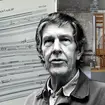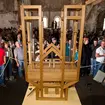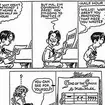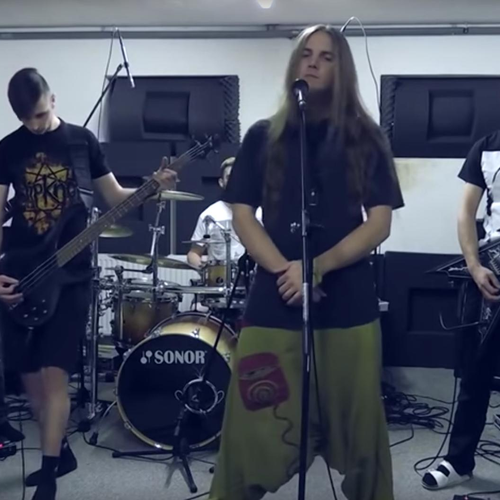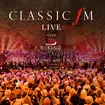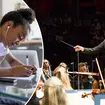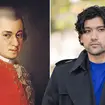A 639-year-long John Cage organ piece had a very rare chord change. And it was quite an event.
8 September 2020, 14:00 | Updated: 16 July 2021, 08:57
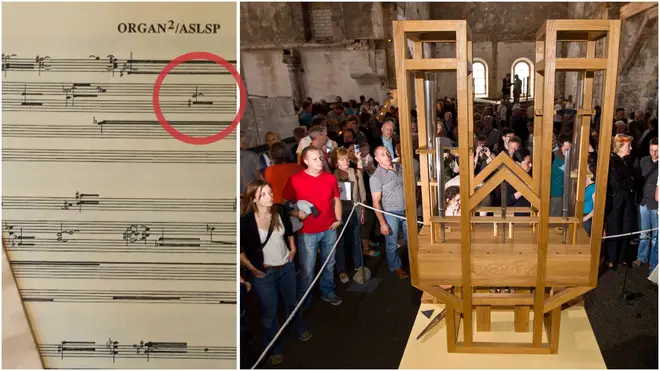
On a Saturday in 2020, in Germany, a single organ chord held for 2,527 days changed and it was kind of a big deal.
Organ2/ASLSP, ‘As Slow as Possible’ is a keyboard work written by John Cage in the mid-1980s. The score consists of eight pages of music, to be played at the piano or organ, well, very, very slowly.
Often a typical performance would last about an hour, but Cage didn’t suggest a tempo marking in his original score. This of course presented a challenge to quirky music enthusiasts: how could this piece be played truly, ‘as slow as possible?’
Many pianists and organists have performed this piece in single durations of up to, and beyond, 12 hours.
Read more: John Cage chord change: what’s the story behind ‘As Slow As Possible’? >
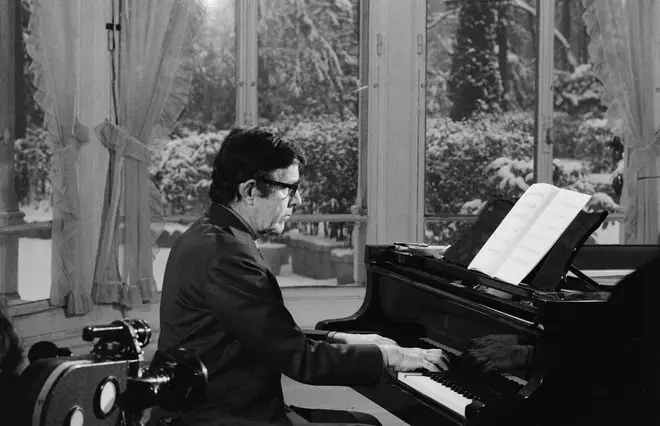
St. Burchardi Church, Halberstad performance
In 2001, an ambitious group of artists with a lot of time on their hands began work at a specially-built organ at St. Burchardi Church in Halberstadt, Germany.

Their interpretation of ‘As Slow as Possible’ has a scheduled duration of 639 years ending with, we hope, rapturous applause in the year 2640.
Over the coming centuries, the St. Burchardi organ will slowly sound out the score and note changes, as outlined in this annotated score:
John Cage's "Organ²/ASLSP (As Slow as Possible)" has been playing on the organ of a church in Halberstadt, Germany since 2001. (The performance runs until 2640.) This Saturday, the chord that has been held since 2013 will change. https://t.co/m7ITed4U5M pic.twitter.com/QAeP1nbop7
— Matthew Anderson (@MattAndersonNYT) September 2, 2020
Before Saturday 5 September 2020, the most recent note change occurred on 5 October 2013. On that 2020 date, the organ was reconfigured to playing a G sharp and an E. The next scheduled chord change is on 5 February 2022, we'll be sure to keep a look out for that one too.
Read more: Organist’s thundering Bach ‘Toccata’ played in Berlin Cathedral >
Do you have some time? 🕰
— DW Culture (@dw_culture) September 4, 2020
This is a 639-year-long music performance.
The music is based on a work by US avant-garde composer John Cage.
Tomorrow, after 7 years, the organ in Halberstadt will finally play new notes. 🎼🎹
The composition is set to run until 2640.@JohnCageTrust pic.twitter.com/oGY9BQtpAd
Watch the historic chord change
On the highly-anticipated afternoon, crowds gathered in the church to see the G sharp and E notes meticulously installed. Here's a view of the scene that was.
That afternoon and the all-important harmonic moment was also live-streamed on YouTube. You can watch what happened below. The chord change moment comes at 3 hours, 20 minutes in. But if you're not willing to watch the four-hour stream in full, we might question your level of commitment to this 639-year performance...
Here it is. And it's really quite wonderful >
Find out more and support this performance on the project’s website.



